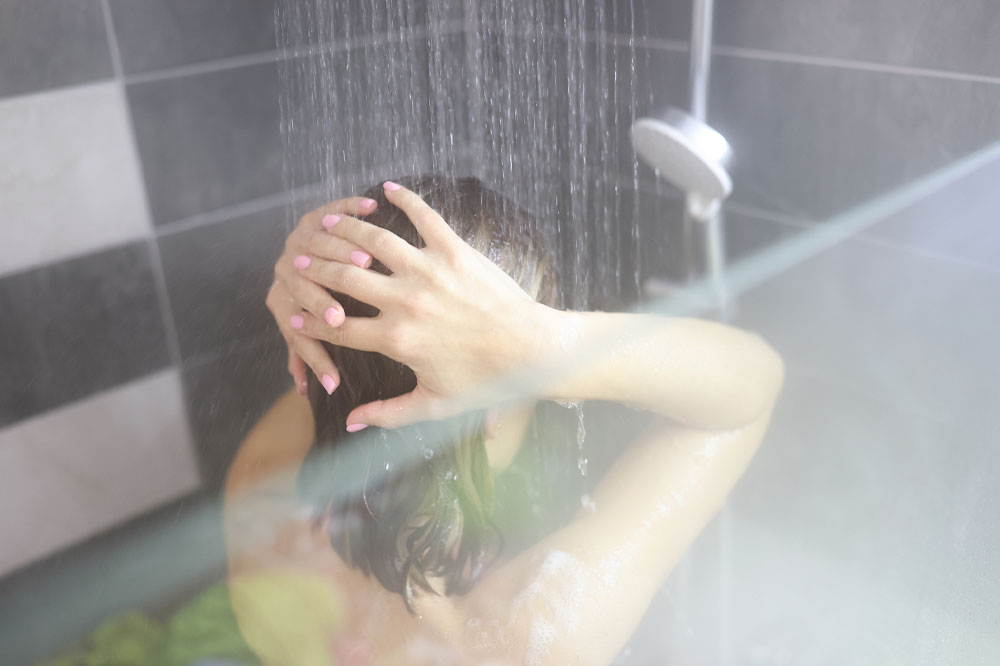6 worst spots to avoid while installing home security cameras

Homeowners looking for ways to enhance the security of their house would find home security cameras an ideal solution offering peace of mind. These safety systems help prevent crime by detecting unwanted intrusions inside a property and alerting the owner. However, installing security cameras in the wrong spots will render them useless. Therefore, to ensure your home security camera functions properly, explore some of the wrong spots to avoid while installing them below.
Worst places to install home security cameras
One can easily install a home security camera on their premises with or without professional assistance, and that too, in any spot of one’s choice. However, that alone does not guarantee safety from malicious entities like burglars. Therefore, it is equally important to be aware of the wrong areas to avoid while installing these security systems. A few such spots are listed below.
Facing the home or yard of neighbors
The first thing you should avoid while installing home security cameras is positioning them in a way that will capture your neighbors’ property. For instance, if the security camera is pointed over the fence, it will lead to a conflict between you and your neighbors in the long run.
Moreover, when the camera points at a space that isn’t part of your property, it will not help avoid the breach in your own home. Since the lens was focused somewhere else, the intruder won’t be caught in the act, giving them confidence due to the poor perimeter defense.
Apart from the security concern in your home, it can also be considered unlawful surveillance by your neighbors, which may lead to legal troubles.
Out-of-view locations
While installing security cameras, it is normal for homeowners to be tempted to place them in spots that are difficult to view, like the backyard or near the fence. It is because most people think intruders prefer such spots for break-ins. However, this is not entirely true. Sometimes, burglars attempt to enter a home through an obvious, normal way to avoid suspicion. Therefore, to ensure maximum security, it is advisable to position the camera in your home’s side alley or just above the front door, as these spots provide visible access to the intruders and their activity. However, if you install them in spots like the backyard or fences, you are likelier to miss the action from burglars you intend to capture on camera.
Behind any obstructions
Observe the surrounding elements while looking for the perfect spot to install a security camera in your premises because there might be obstructions in certain selected spots you haven’t considered. Installing home security cameras behind obstructions will potentially interfere with the camera’s field of view. Thus, it will not provide the desired effect in improving the security of one’s home.
For example, the tree in the backyard may sound like an excellent spot to install the camera to have a complete view of your home. However, the branches of the trees could easily create obstructions over time. Remember that security cameras are essential to serve as a reliable deterrent. Therefore, it must be positioned in a clear and accessible space to prevent burglars from invading your property. Choose the best place with a clear view in front of your home, with minimal risk of obstructions getting in the way of the camera lens.
In privacy-intruding places
Some people prefer to install a home security camera to keep an eye on toddlers or older individuals when they are away from home. While you do so to ensure your loved one’s safety, the last thing you want is to interfere with their privacy. Therefore, avoid installing home security cameras in private areas, including bathrooms and bedrooms. No matter how positive your intentions are, it will increase the risk of putting someone in an uncomfortable position and can even lead to legal issues. Therefore, to avoid privacy issues, you can consider using baby monitors for your child’s room or installing a medical alert system for seniors in the family.
Similarly, avoid positioning the camera in a way it faces outside your home. Security cameras are allowed to cover public spaces like a street that extends past your home or sidewalk. However, you cannot cover the places not included in your property.
Homeowners can choose spots that are susceptible to theft or those that matter the most to them. This way, they won’t invade anyone’s privacy, while the camera will offer them a sense of security, safeguarding them and their home from worse circumstances.
On the roofline of your home
When you install a home security camera on the roofline of your home, it will limit the view of the entire property. It will obstruct the purpose of surveillance, mainly when any intrusions occur. Moreover, the video quality from the roof line will be poor, making it hard for you to find out even the body type of the intruder, let alone the way they enter the premise.
Spots that cover only the house, not the surrounding area
Regardless of the size of your home, it is advised to install the security camera in places where you can view every aspect of the entire property. It helps you learn how burglars approach your residence, not just the front door. Furthermore, if your home security camera covers a significant portion of your property, you will get notified by the time they approach your property, giving you enough time to be prepared beforehand for the attack or seek help. Today, most security cameras can be connected to a smartphone; even if you are away from home when an intrusion happens, you can still contact the authorities once you receive the alert on your device.
The effectiveness of home security cameras depends on the spot they are installed. Proper placement ensures maximum safety for your property while gaining both obscurity and visibility simultaneously. Steer away from the wrong spots with obstructions to ensure your home security camera functions efficiently.


